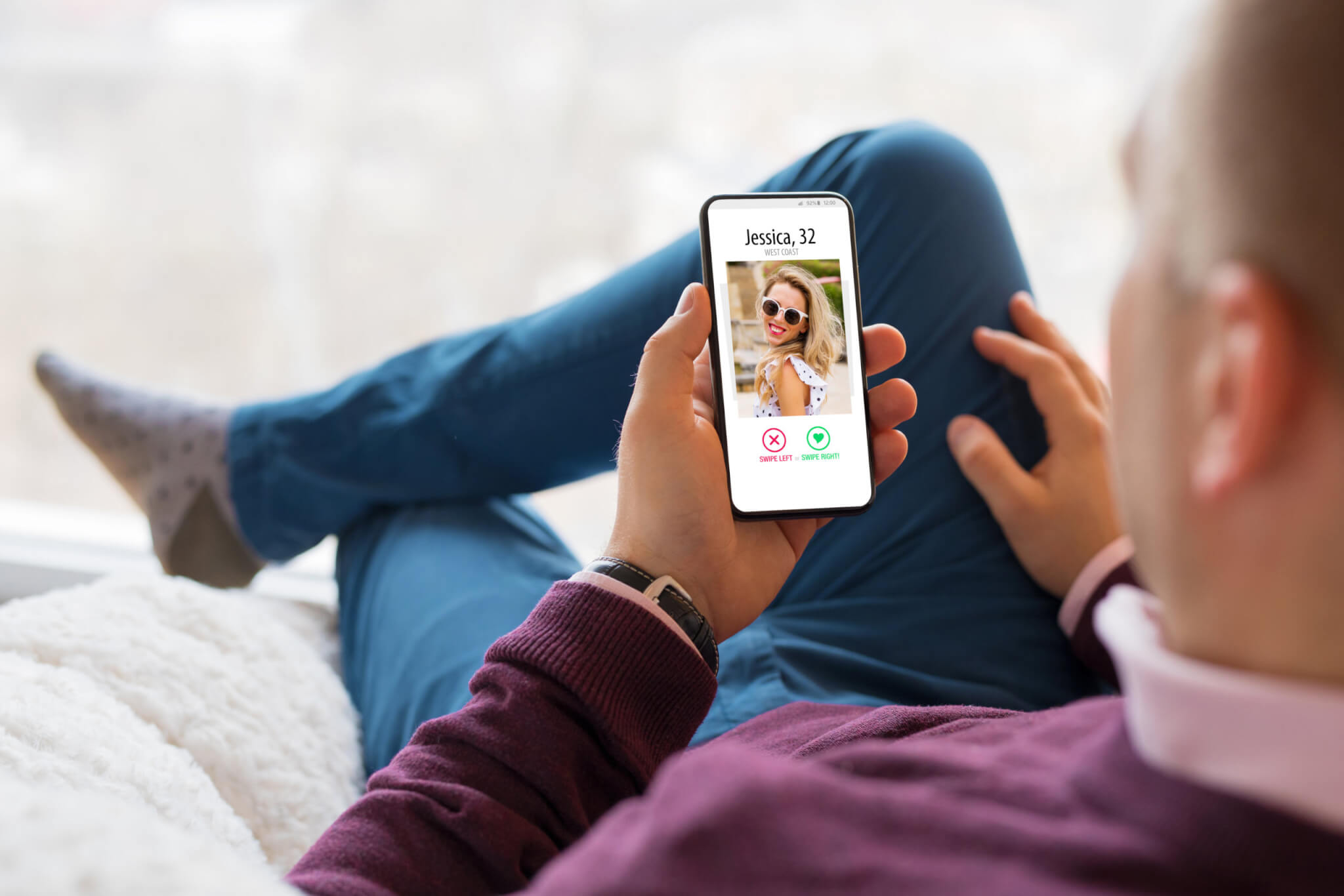(© Kaspars Grinvalds – stock.adobe.com)
In a Nutshell
- Men often pursue women who receive far more swipes than they do, a pattern called “aspirational pursuit.”
- Women, who receive significantly more attention on dating apps, tend to be more selective and swipe on slightly less desirable partners.
- Only 27% to 38% of swipes result in mutual matches, and successful matches tend to occur between users with similar popularity levels.
- The study, based on over 10,000 users in Czechia, shows online dating reinforces social hierarchies rather than disrupting them.
MUNICH — Dating app users have long suspected it, and now science confirms it: men often pursue women who are significantly more desirable than themselves, while women, who receive more attention overall, tend to be more selective. A new study analyzing over 10,000 users on a Czech dating app reveals that this mismatch in desirability is a key reason many swipes fail to result in matches.
Researchers examining dating app behavior found that men engage in what scientists call “aspirational pursuit.” This means they’re consistently targeting women “who are on average considerably more desirable than themselves,” the authors write in their PLOS One paper. Meanwhile, women, flooded with options, tend to “swipe down” slightly toward less popular men.
Most aspirational swiping fails to convert into matches, with successful connections typically forming between people of similar desirability — measured by the number of incoming swipes received.
How Scientists Decoded Dating App Behavior
The research team, led by Renata Topinkova from LMU Munich and Tomas Diviak from the University of Manchester, analyzed user behavior on a Czech dating app during July 2017. Their dataset included 10,528 active users, focusing on the two largest cities: Prague with 2,321 users and Brno with 624 users.
Unlike Tinder, where mutual interest is hidden until both users swipe right, this app sent an immediate notification to the other user when someone clicked “Date now.” The recipient then had 24 hours to accept or reject. This one-sided visibility allowed researchers to track both aspirational pursuits and their outcomes.
To estimate “desirability,” the researchers counted how many swipes each user received. Some users attracted hundreds of admirers, while others received very few. Simulations confirmed that the observed swipe patterns weren’t random, but reflected real behavioral tendencies.


The Gender Numbers Game: Why Women Tend to Be More Selective
The gender imbalance was stark. In Brno, 80% of users were men, and in Prague, about 75% were male — giving women a structural advantage in terms of attention received.
This showed in the data: women in Brno received an average of 35 swipes, compared to just 1.6 for men. In Prague, women averaged 53 swipes while men received 4.2. Even the most desirable men typically received fewer swipes than average women.
Women appeared to be in a position to be more selective — not necessarily because they preferred less desirable men, but because the abundance of male interest allowed them to be more strategic in their choices. As the authors note, “Women are thus in a better position than men, as they receive substantially more swipes putting them in the ‘choosing’ position.”
Most Ambitious Swipes Go Nowhere
When researchers examined only reciprocated interest — mutual swipes — the desirability gap largely vanished. Matches occurred between users with similar numbers of received swipes.
In Brno, only 27% of swipes were reciprocated; in Prague, the number was slightly higher at 38%. This suggests that the majority of high-reaching attempts don’t translate into connections.
“Mutually attracted users are more homophilic in desirability compared to all swipes,” the study concludes, highlighting that most successful matches result from interactions between users of similar popularity.


Dating Apps: Digital Version of Ancient Mating Rituals
Rather than revolutionizing how people find partners, dating apps may simply digitize long-standing social dynamics. Because initiating a swipe is easier and less intimidating than approaching someone in person, men are simply more likely to aim higher than they would offline, even if that pursuit rarely leads to success.
This contributes to what researchers describe as an “expansion of one’s competition” in the digital dating market, where many aim higher than they might in traditional settings.
Citing prior studies, the authors note that “almost 40% of new heterosexual couples [are] meeting online,” making it increasingly important to understand these patterns.
Although this study focused on one dating app in Czechia, its findings align with previous research on other platforms, suggesting these dynamics may be common across multiple contexts. However, the authors caution that more geographically and culturally diverse studies are needed before drawing broad conclusions about global dating behavior.
Online dating, the study suggests, tends to follow a familiar pattern: men often reach upward, women choose strategically, and most lasting matches form between those of similar desirability.
Disclaimer: This article is a journalistic summary of peer-reviewed research. It is intended for general informational purposes only and does not offer personalized dating advice. The findings reflect data from one dating app in Czechia and may not represent global trends. As always, correlation does not imply causation, and more research is needed across diverse apps and populations to draw broader conclusions.
Paper Summary
Methodology
The researchers used social network analysis to examine user behavior on a Czech dating app from July 2017. They focused on 10,528 active users, concentrating their analysis on Prague (2,321 users) and Brno (624 users). The app showed users one potential match at a time based on geographical proximity, and users could swipe a “Date now” button to express interest. Unlike Tinder, the app immediately notified the target of interest, requiring a response within 24 hours. Researchers measured “desirability” by counting how many swipes each user received and used statistical methods called conditional uniform graph tests to determine if observed patterns differed from random chance.
Results
The study found a clear hierarchy of desirability, with women receiving significantly more swipes than men (35 vs 1.6 in Brno; 53 vs 4.2 in Prague). Men consistently pursued women who were more desirable than themselves, while women targeted slightly less desirable partners. However, successful mutual matches showed much smaller desirability gaps, indicating that aspirational pursuit often fails and successful pairings tend to be between similarly attractive people. Only 27% of swipes in Brno and 38% in Prague resulted in mutual interest.
Limitations
The study was limited to one dating app in Czech cities, potentially suffering from selection bias toward younger, educated users in urban areas. The app was relatively new and attracted primarily college-aged users. The researchers lacked information about user motivations, education, income, or whether matches led to actual meetings. They also couldn’t analyze same-sex interactions due to insufficient data and had no information about profile longevity or user adaptation over time.
Funding and Disclosures
The research was supported by Charles University project GAUK 602120. The authors declared no competing interests and made their data available through an OSF repository. The study was approved by the ethics committee of The Institute of Sociology of the Czech Academy of Sciences.
Publication Information
“It takes two to tango: A directed two-mode network approach to desirability on a mobile dating app” by Renata Topinkova and Tomas Diviak was published in PLOS One on July 23, 2025. The paper is available as open access under a Creative Commons Attribution License at https://doi.org/10.1371/journal.pone.0327477.


